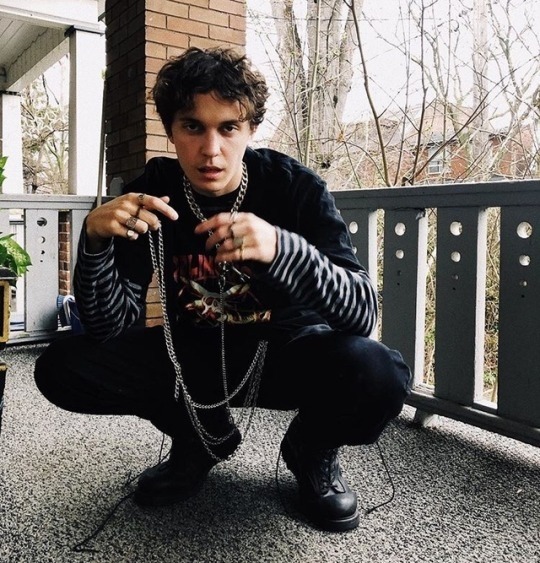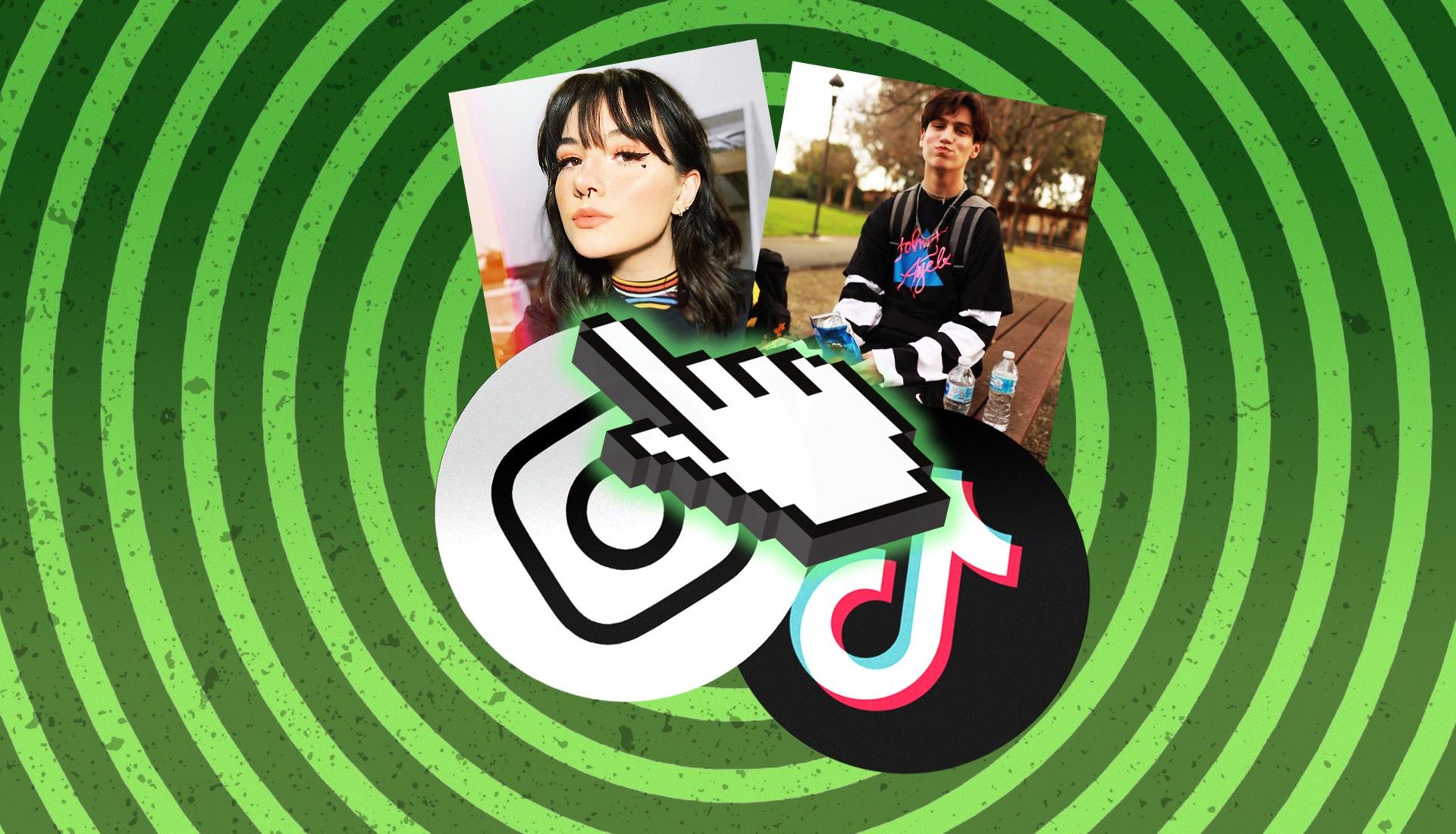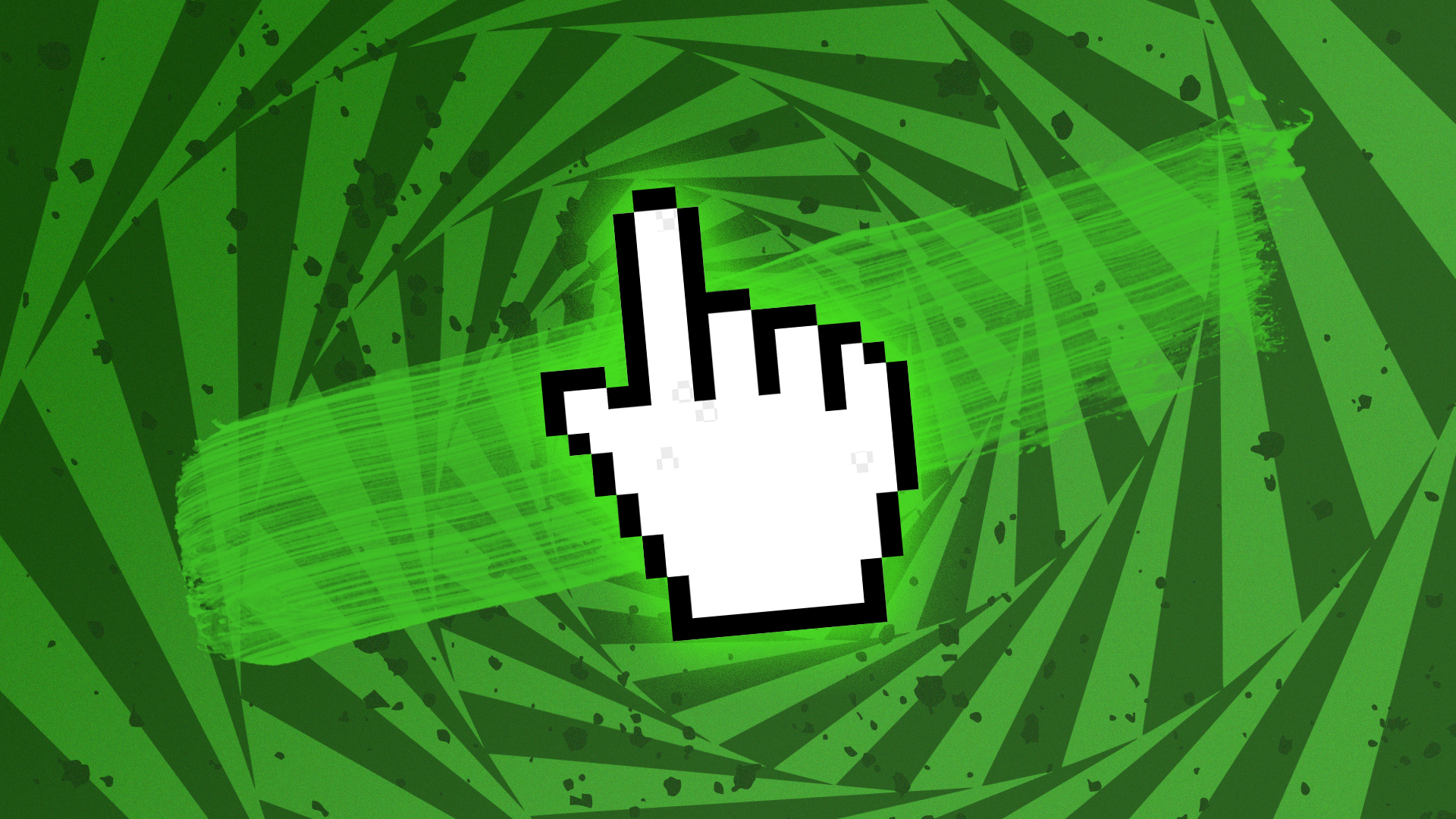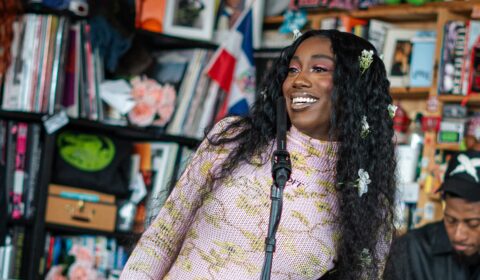This digital subculture exists as an alternative to the influencer lifestyle and, like many memes and youth movements of 2019, came straight from the depths of Tik-Tok.
Historically, every mainstream trend has had its fair share of alternative styles, aesthetics, and lifestyle choices. Think punk rock music in the 1970s or ‘scene teens’ in the mid noughties. Now, thanks to the internet’s endless barrage of content, movements can exist entirely online and be broadcasted solely from the privacy of your own bedroom.
Such is the case with ‘e-boys’ and ‘e-girls’, a group of teens and twenty-somethings that share a unified aesthetic and gain social media clout through Instagram, Tik-Tok, and Discord. The most prominent name you may have heard of is Bella Delphine, the girl who sold her own bathwater for $30 apiece.
Combining elements of anime culture and thrift-shop style with slightly sexual undertones, e-boys and e-girls are (mostly) self-aware and exist almost exclusively online. But, where did the e-boy and e-girl wave originate from and how can you determine whether someone actually is one?
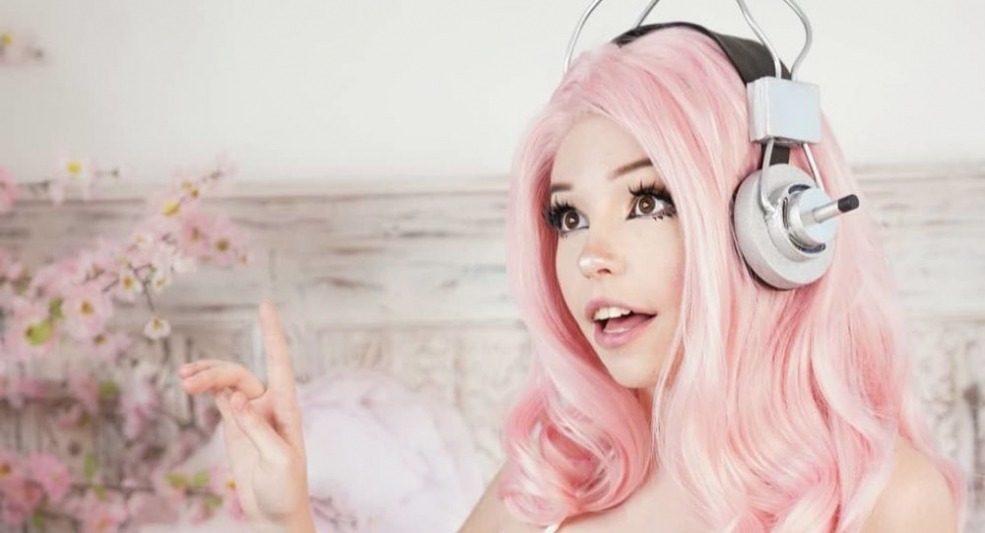
What do e-boys and e-girls look like?
It’s pretty easy to pick out an e-boy or e-girl in your Insta or TikTok feed – they usually have dyed pink, white, or red hair, heavy eye-liner, and may be wearing chains with some attire fresh off Depop. Many of the signature looks are inspired by anime-tropes and Japanese culture and their TikTok content itself is likely to include mouthing along to K-pop tracks or alternative hip-hop. You may see them performing questionable dance moves that you’d probably be too self-conscious to do yourself.
But then that’s the whole point. The general consensus is that e-boys and e-girls only really occur within the confinements of teenage bedrooms and online platforms. It’s a movement that exists solely within the digital space, making it significantly different to the alternative subculture choices of yesteryear.
Anyone can hop on board with the trend provided they’ve a passion for lip-syncing and are willing to change up their natural hair colour. You’ll be hard pressed to identify an e-girl or e-boy out in the real world, but online they stand out as a flash of bright pinks and neon colours.
